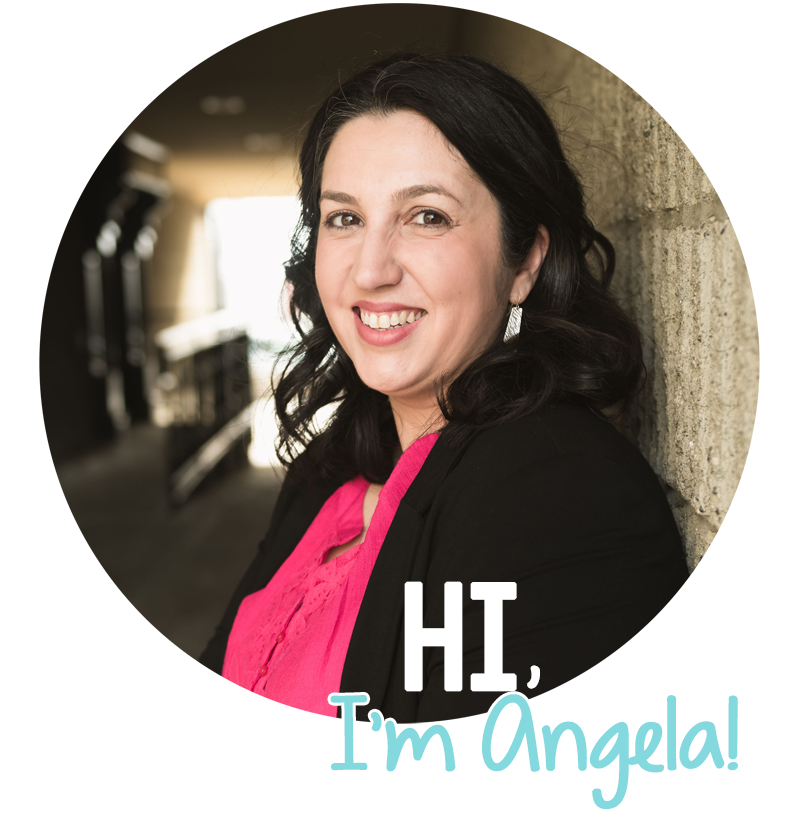Have you read the book “Calm, Alert and Learning” by Stuart Shanker yet? I’m doing a book study with my colleagues. Today I’m talking about Chapter 1 which is all about the biological domain. If you’re interested, I blogged about the introduction here.
The biological domain refers to energy levels in the nervous system. Children who are optimally regulated in this domain are able to maintain a sufficient amount of energy throughout the day, follow healthy daily routines, recoup after a difficult experience and have good physical health. What’s interesting is that Shanker states children with problems in the biological domain usually have problems in another domain as well.
He starts with a description of the sympathetic nervous system and parasympathetic nervous system. I won’t go into the biology here, but his purpose was for us to understand the need to up-regulate (hypoactive) or down-regulate (hyperactive) from a certain state to become optimally regulated.
I thought this quote served as a good reminder that just like in anything else, children need practice before we can expect them to become successful at a skill. Talking about the way our body feels when hyper or hypo regulated, and the strategies we can use to change that, are necessary.
Another quote I connected with. Sometimes I feel like such a nagging bag to kids, like I’m on them every second. This makes me feel a little better, like my nagging is necessary. I’m always 99% of the time polite about it! It’s also true that I need to set an example by being optimally regulated myself. I try my best to clearly express why I am annoyed, upset, or distracted by something and the strategies I am using to regulate. I feel it’s important that kids know it’s impossible to be optimally regulated all the time, even as adults.
This brings up the “what’s fair isn’t always equal” philosophy. Some people need different ways to regulate, and that’s okay too.
I’ve used this self-regulation survey in the past. It’s inspired by a colleague, Nancy Maxfield. I co-taught with her my first year, she’s lovely!
This is great for getting kids to think about what they need in the classroom. At first, I can help them and over time (hopefully!) they can begin to internalize and self-regulate.
How can we help students self-regulate the biological domain? Here are some of Shanker’s suggestions:
It’s always nice to see that you are doing some of the things experts are suggesting. My room is clutter free and I’ve got nice, big windows for natural light. I put a lot of thought into my seating arrangements, especially for certain individuals. My classroom schedule is quite predictable, with the same items happening at the start of day, right after recess and right after lunch day after day.
There are, of course, some things to work on. I have collected up a few fidgets, but would really like to have some more options. The one thing I would, love, love, LOVE is if we could change our bell from a buzzer to a nice soft chime. Wouldn’t that be lovely? At my last school the bell was so loud and so long, it was painful.
Another option mentioned is the “How Does Your Engine Run?” chart from the Alert Program. I first heard of this two years ago when I heard Colleen Politano speak. She’s another expert in self-regulation and a lovely person! I tried this with my class that year, and it didn’t work for us. It was my fault, really. I needed to remind them to self-assess at the start of each part of the day, and I just didn’t remember. This is something I am going to try again, though slightly different this year.
My school also follows the Zones of Regulations program. In that program, you are assessing your emotional state and relating it to 4 colours: blue, green, red, or yellow. Green is the optimal state for learning. I modified the “How Does Your Engine Run?” idea to suit the Zones model. Here is what it looks like:
Not the best shot, but I wasn’t thinking about sharing it when I took the picture. Sorry!
The idea is to keep this on their desk, with a paper clip on the top. They can slide the paperclip to their current Zone. Crystal and I were debating how best to do this, and we worried that having a large on on the board would be too public and some might be tempted to lie, because they didn’t want to publicly admit that they were in a zone other than green. This way is more personal, but teachers still have viewing access.
That’s all for Chapter 1, folks!












